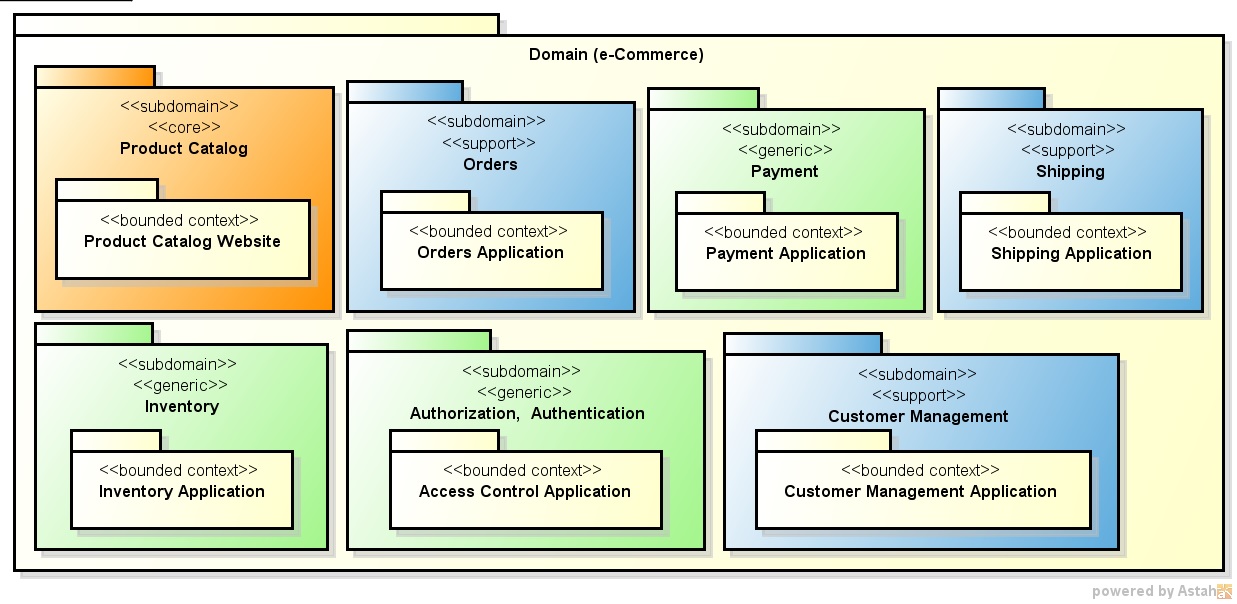Domain Driven Design for Ecommerce
Domain Driven Design (DDD) is a powerful approach to designing software systems, and it is particularly well-suited for ecommerce applications. By focusing on the core domain of the business and organizing the software around that domain, DDD can help ecommerce companies build more flexible, scalable, and maintainable systems.
In this article, we will explore how DDD can be applied to ecommerce applications, and why it is such a good fit for this domain.
What is Domain Driven Design?
Domain Driven Design is an approach to software development that emphasizes the importance of the domain – the specific subject area or business problem that the software is intended to address. DDD suggests that the design of the software system should closely mirror the structure of the domain, with domain concepts and business rules at the center of the design.
DDD also encourages the use of a common language between developers and domain experts, helping to ensure that the software accurately reflects the business requirements and is aligned with the goals of the organization.
Applying DDD to Ecommerce
When it comes to ecommerce applications, the domain is clear: it’s all about buying and selling products online. By applying DDD principles to ecommerce, developers can create a system that is more closely aligned with the needs of the business and the expectations of users.
One of the key concepts in DDD is the notion of bounded contexts, which are explicit boundaries within a software system where a specific domain model applies. In an ecommerce application, there might be different bounded contexts for managing products, processing orders, and handling payments, each with its own set of domain entities and rules.
By breaking down the system into these bounded contexts, developers can create a more modular and maintainable codebase, with each context focused on a specific aspect of the business domain.
Benefits of DDD in Ecommerce
There are many benefits to using DDD in ecommerce applications. Some of the key advantages include:
- Flexibility: By aligning the software with the domain, developers can more easily adapt the system to changing business requirements and market conditions.
- Scalability: DDD helps to create a modular, extensible system that can grow with the business and handle increasing levels of traffic and transactions.
- Maintainability: With a clear focus on the domain and well-defined bounded contexts, the codebase is easier to understand, update, and maintain over time.
Overall, Domain Driven Design is a valuable tool for ecommerce companies looking to build flexible, scalable, and maintainable software systems that accurately reflect the needs of the business and its customers.
By applying DDD principles to ecommerce applications, developers can create systems that are more robust, more adaptable, and more aligned with the goals of the organization. With its emphasis on the domain and its focus on collaboration between developers and domain experts, DDD is a natural fit for ecommerce, where the domain is clear and the stakes are high.
So, if you’re building an ecommerce application, consider applying Domain Driven Design principles to your project. You may find that DDD helps you build a better, more agile, and more successful system in the long run.
